This Le Tableau movie has Fantasy, and Animation genres.
Le Tableau Movie was made by Blue Spirit, Rezo Productions, Be-FILMS, France 3 Cinéma, RTBF, uFilm, and Sinématik The film was successfully completed and released in 2011 made a revenue of $11,229. The spoken language used in the film is French.
Three characters living in an unfinished painting venture out into the real world in search of their creator to convince him to finish his work.
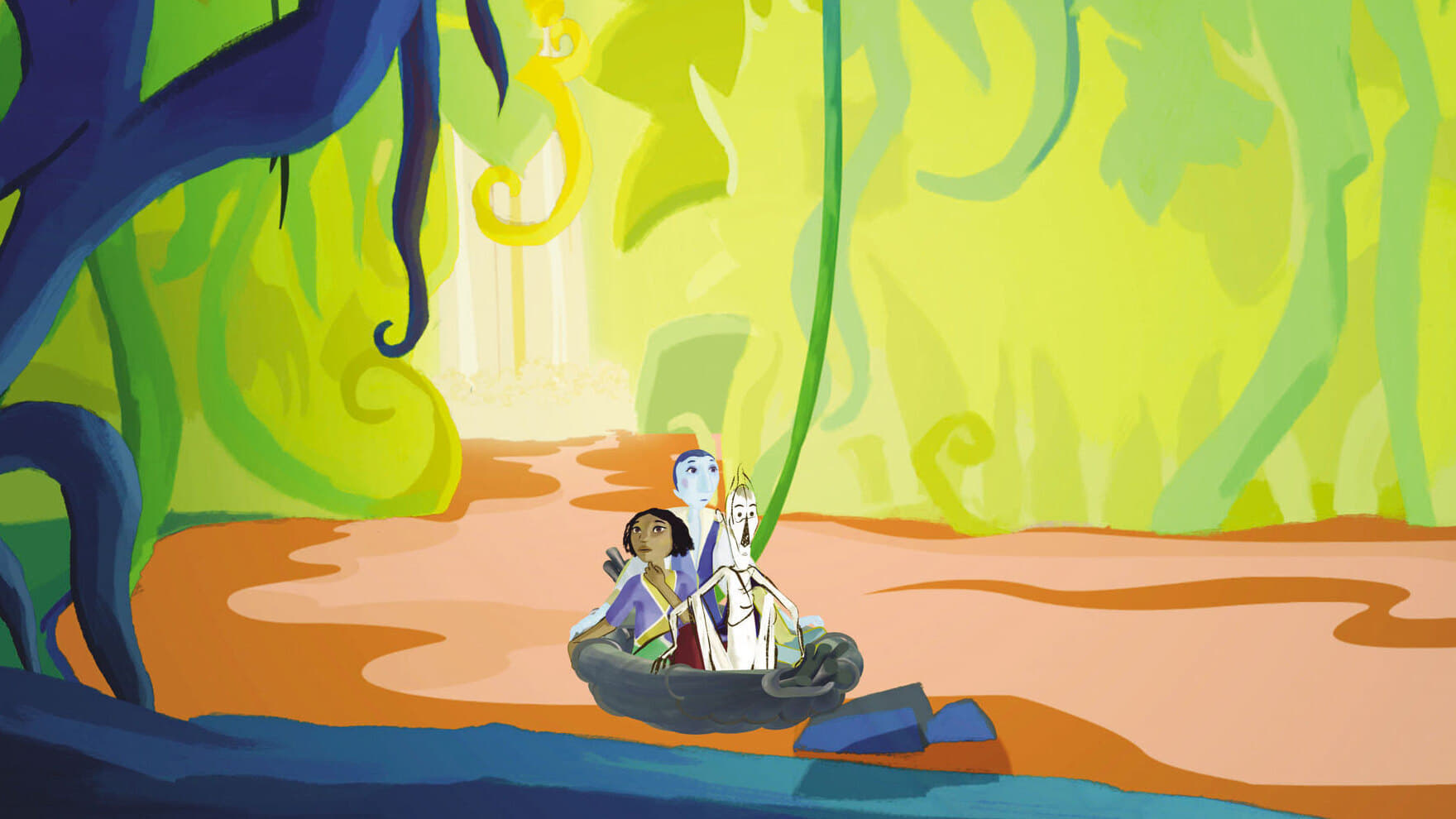
Le Tableau Movie Stars:
Jean Barney as Venice Painter (voice), Jean-François Laguionie as Self-portrait / The Painter (voice), Chloé Berthier as Claire (voice), Julien Bouanich as Gom (voice), Serge Faliu as Pierrot (voice), Thierry Jahn as Plume (voice), Michel Vigné as The Captain (voice), Jessica Monceau as Lola (voice), Thomas Sagols as Magenta (voice), Jérémy Prévost as Monsieur Gris (voice), Céline Ronté as Garance (voice), Magali Ronsenzweig as Orange de Mars (voice), and Adrien Larmande as Ramo (voice).
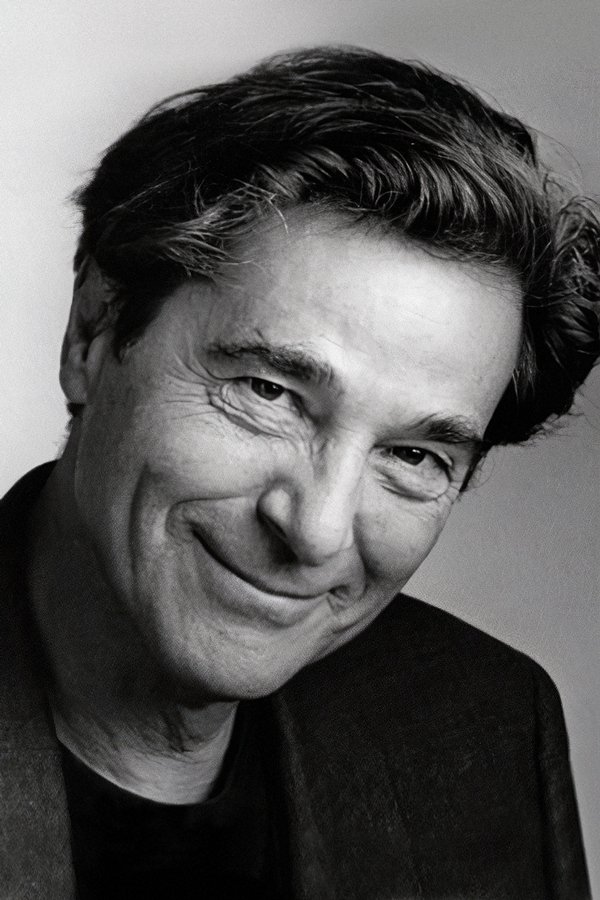
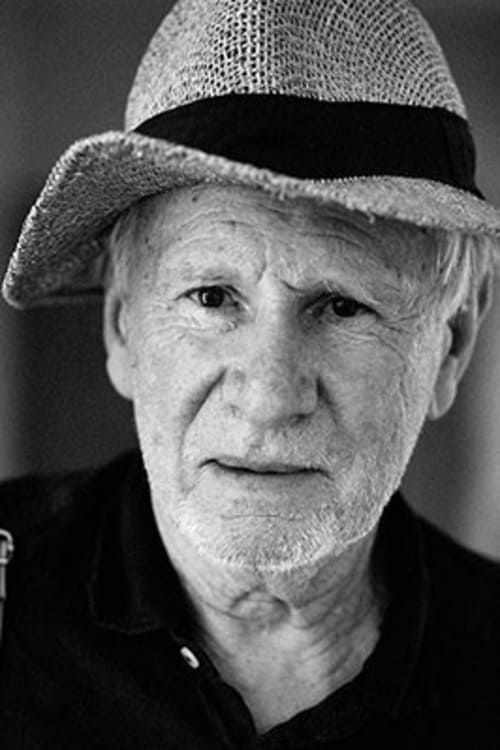
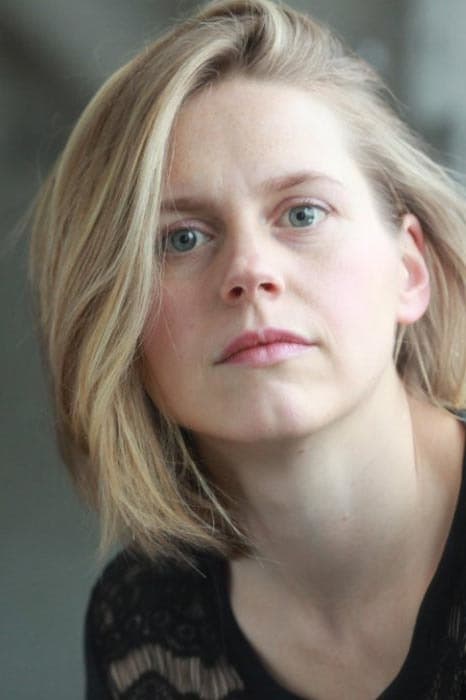

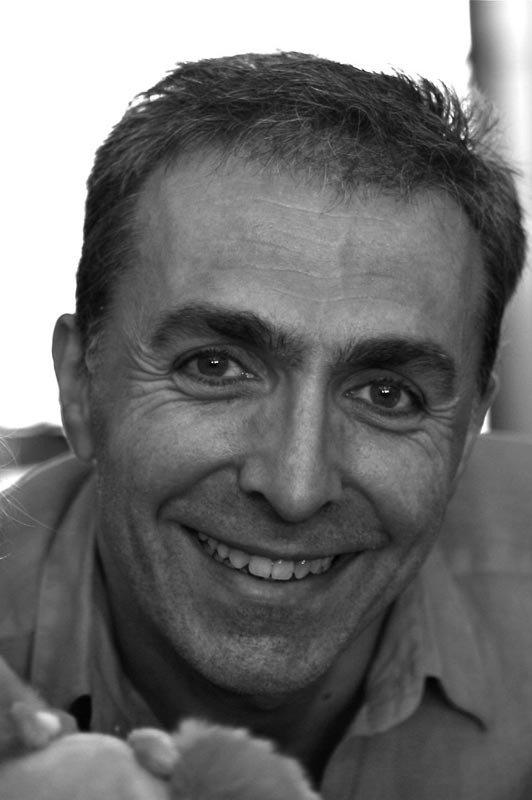
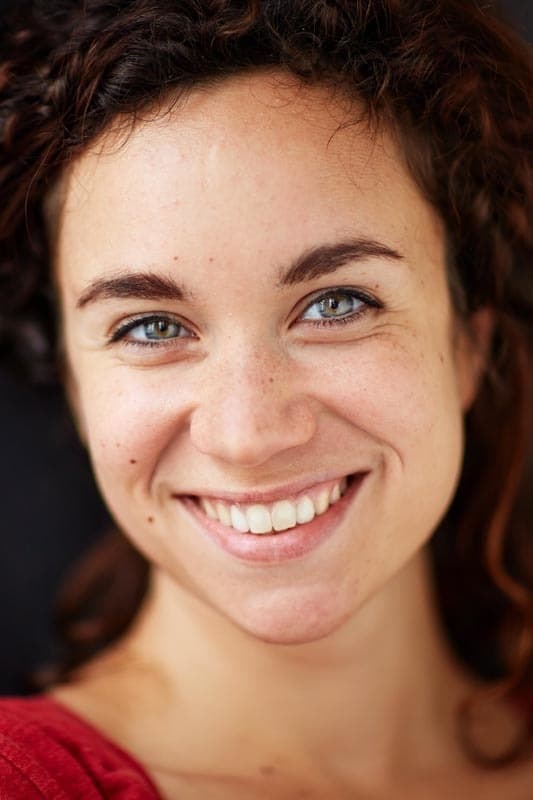
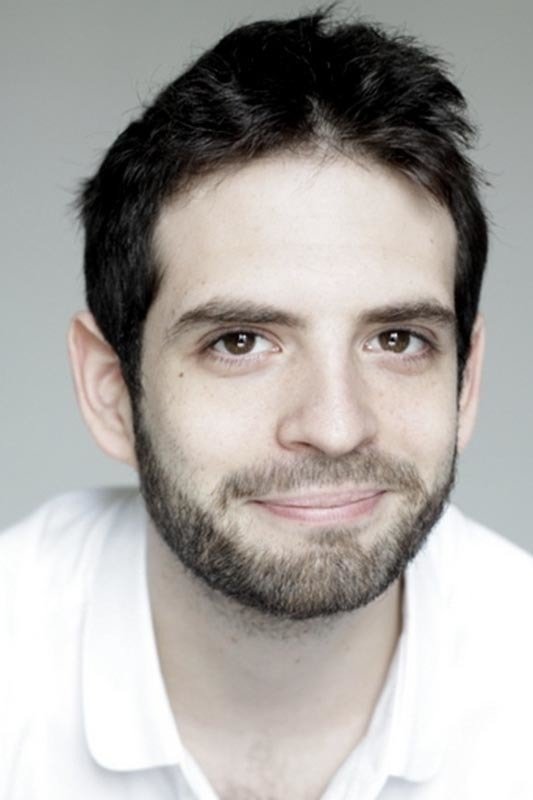
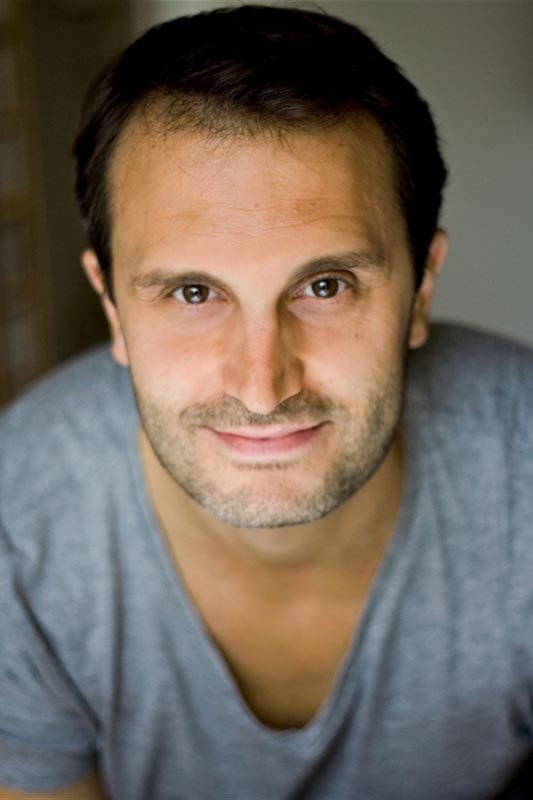

Peoples involved in the making of the Le Tableau film:
Adrian Politowski (Producer), Nadia Khamlichi (Producer), Jeremy Burdek (Executive Producer), Bruno Seznec (Sound Mixer), Jean-François Laguionie (Director), Arlette Zylberberg (Producer), Gilles Waterkeyn (Producer), Anik Leray (Writer), Stephanie Sheh (Producer), Julien Bisaro (Storyboard), Rémi Chayé (Storyboard), Armelle Glorennec (Producer), Eric Jacquot (Producer), Thomas Enjalbert (Animation), Jason Chan (Producer), Pascal Le Pennec (Original Music Composer), Telmann Morina (Layout Supervisor), David Jesteadt (Producer), Lionel Chauvin (Animation), Jean Palenstjin (Decorator), Thierry Rouquet (Layout Supervisor), Karine Cholley (Layout Supervisor), and Emmanuel de Miranda (Editor).

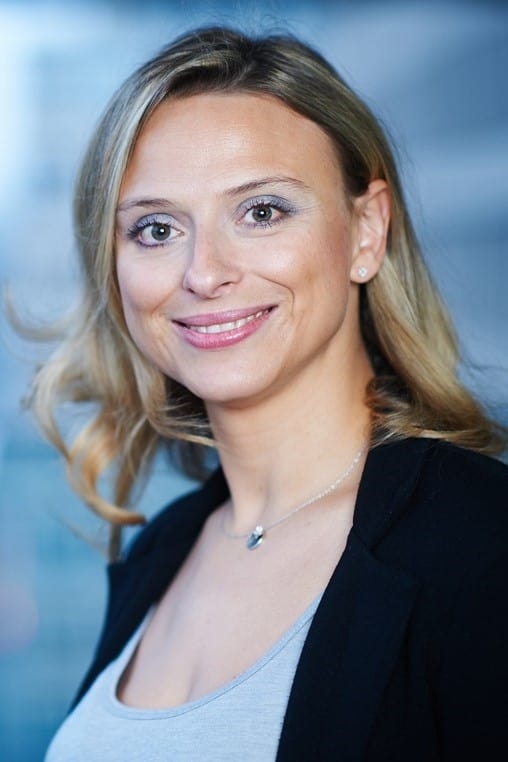

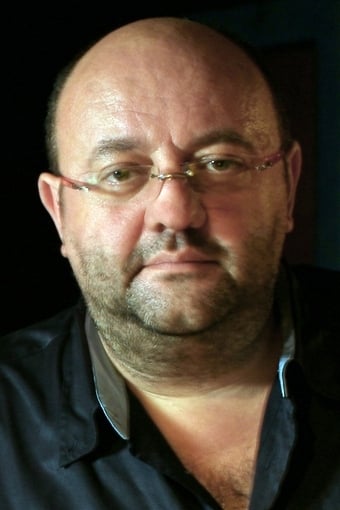

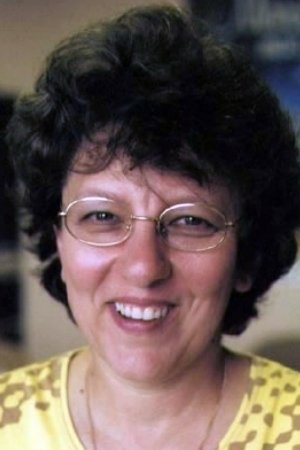
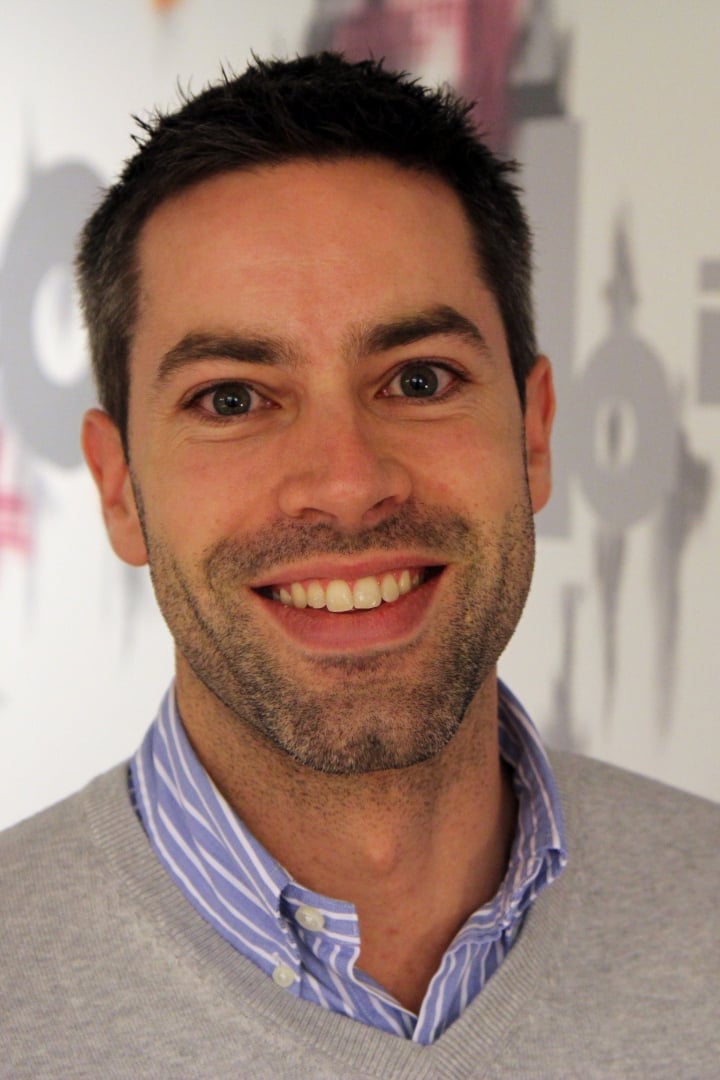
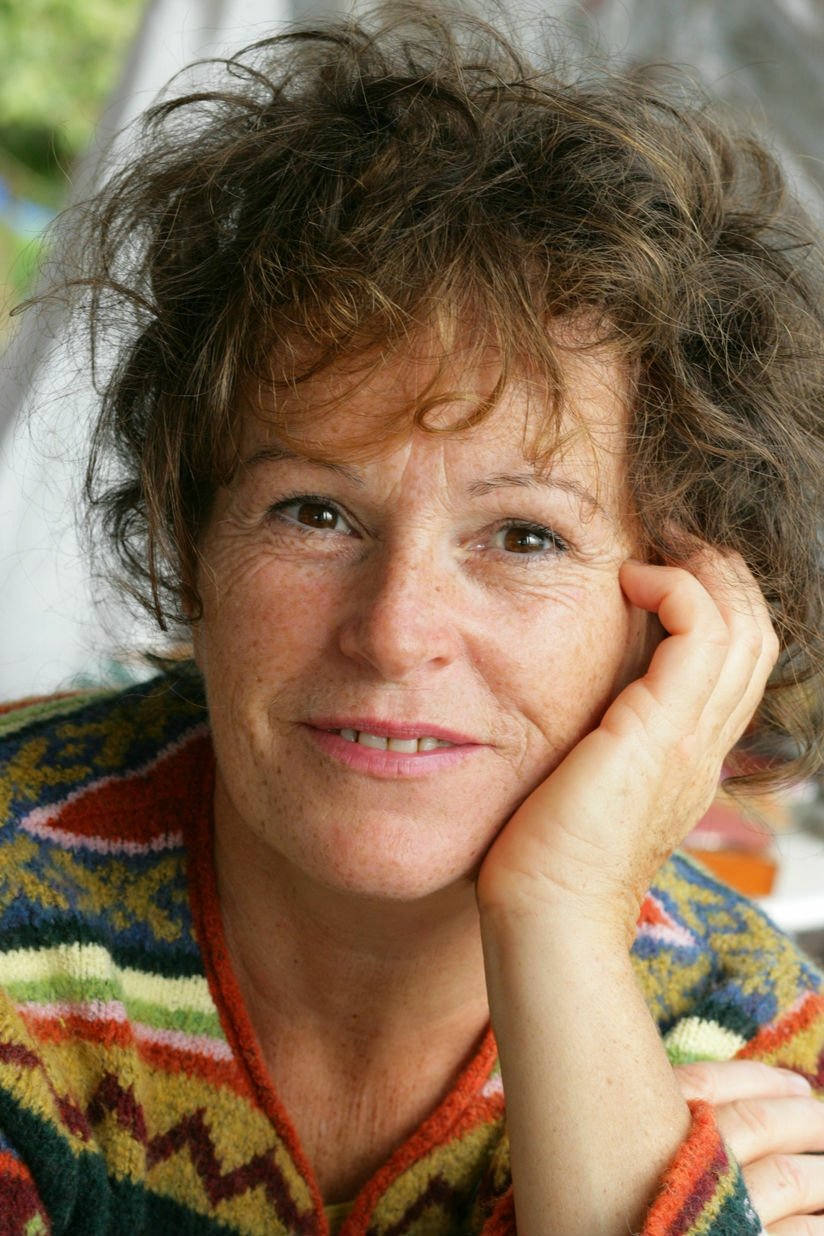

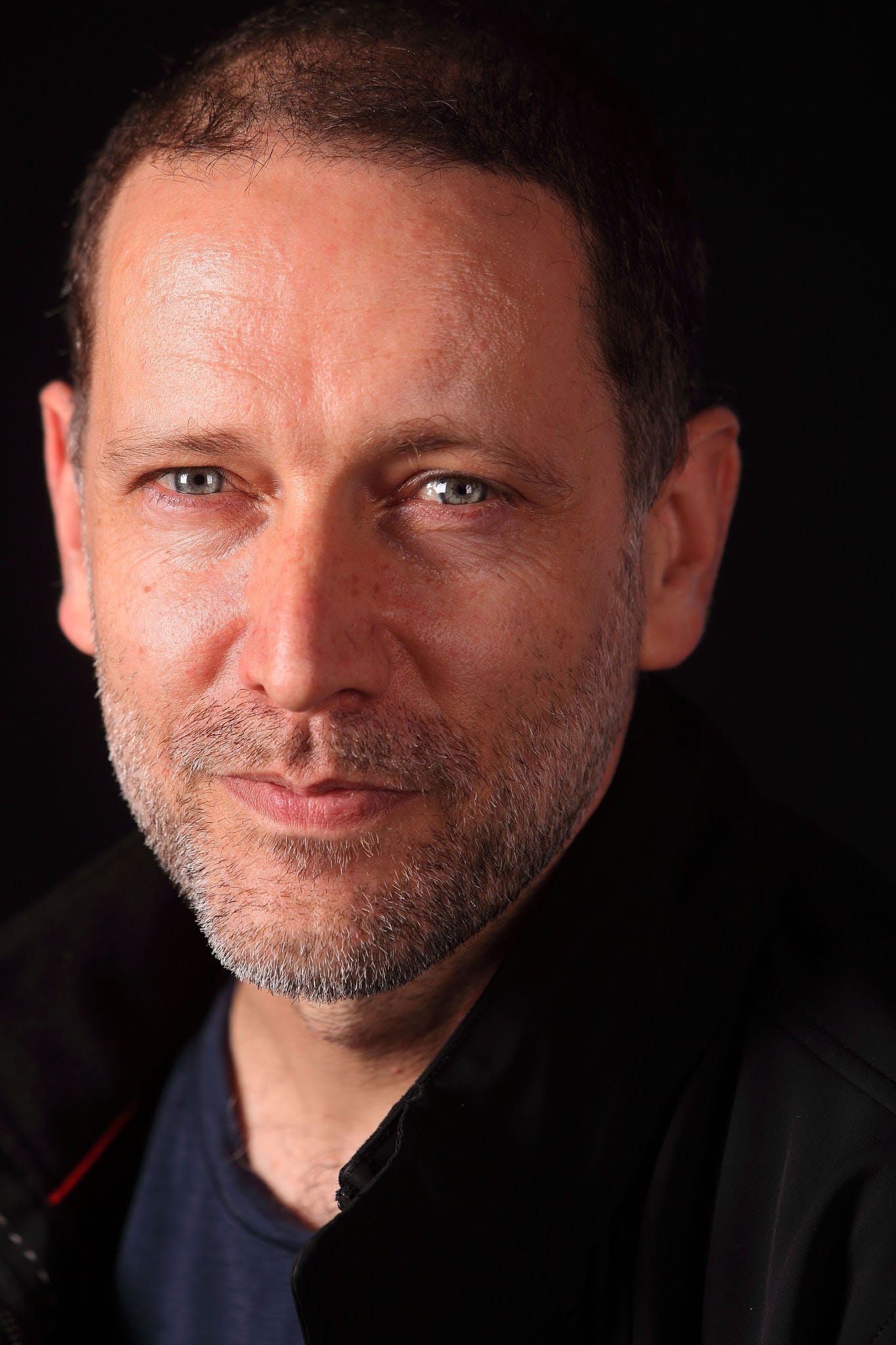
What They Said About Le Tableau Movie:
Le Tableau is a rather clever pastiche of Romeo and Juliet and The Wizard of Oz. It’s also a palimpsest, rich in content and meaning below the surface. Star-crossed lovers Ramo (Adrien Larmande) and Claire (Chloé Berthier), must hide their romance, not because of their surnames, but as a result of differences in class and religion. We've seen this a million times before, but never as in this animated film co-written and directed by Jean-François Laguionie. Ramo and Claire are figures in an incomplete painting; he belongs to the aristocratic Toupins (tout peint, or 'fully drawn'), who live in the palace, and she to the stigmatized Pafinis (Pas fini, or 'not finished'), who occupy the garden (there are also the Reufs, exiled in the "Cursed Forest" with its "Flowers of Death"). The Pafinis await the return — the Second Coming, so to speak — of the Painter (appropriately performed, in voice and body, by Laguionie himself, who personally designed each of the characters), so he can finish them. The Toupins, agitated by the Great Chandelier (Jacques Roehrich), believe that the Painter will not return because his work is already done (“And if he made us, the Toupins, the only perfectly drawn beings in his works, it is because such was his intention"). As for the Reufs, "it is said that they believe in nothing." The love story is, counterintuitively, the weakest aspect of the plot — in particular plain and tall Claire, designed in Amedeo Modigliani's elongated style; fortunately, the true heroine is Lola (Jessica Monceau), who has the physiognomy and the self-assurance of a young Salma Hayek. She takes on the role of Dorothy alongside the Lion, Scarecrow, and Tin Man who are Ramo, Plume (Thierry Jahn) — a Reuf whose friend was turned into abstract art under the Toupins' boots —, and Magenta (Thomas Sagols), a soldier from another painting. The foursome literally walk through the fourth wall, leaving their paintings to visit the apparently abandoned studio of the Painter, about whom they nonetheless learn quite a bit thanks to some of his other works, including a self-portrait and a nude of an former lover named Garance. It is through this painting that the protagonists access Venice; that is, the Venice of the Painter’s dreams: an endless carnival concealing deep sadness and loneliness. Eventually, the heroes tired of waiting for God's help and start helping themselves; with the help of the self-portrait and the materials they find in the studio, the 'unfinished' finish themselves. This is interesting because it is not the Toupins who learn to accept the Pafinis as they are, but the Pafinis who change to fit in with the Toupins; however, Le Tableau is not so much about tolerance as it is about free will (as the Painter tells Lola, when she finally finds him: "I didn't abandon them; [on the contrary], I gave them the essentials)". Notably, Lola is the only Pafini who declines to become a Toupin, as well as the only one who refuses, so to speak, to be confined to a frame. Le Tableau is an impressive collage, not just of styles — 3D digital animation made to look hand-drawn, mixed with live action and photorealistic CGI (arguably the best use of these modern technologies I've ever seen), through which hommage is made to Chagall, Modigliani, Picasso and Matisse —, but mainly of ideas; a reflection on the nature of art, reality, perception and identity, and on the role of the artist as a demiurge.
Here are some translations about the film:
Оживелите картини
В една недовършена картина съществува йерархичен свят, съставен от напълно завършени рисунки (Целите), частично завършени работи (Половинки) и призрачните, бегло скицирани с въглен парчета (Скици). Целите живеят охолен живот и патологично ненавиждат Скиците. Половинките и Скиците се съюзяват и дори Рома, от Целите, който се влюбва в момиче от Половинките, се присъединява към Лола от Половинките, когато тя започва да търси отговори на въпроса защо художникът е оставил светът им незавършен и объркан. Докато прескачат от картина в картина, те срещат различни персонажи и пътешестват в различни светове, вдъхновени като визия от ярките цветове от платната на Матис и Бонар. "Оживелите картини" е история за умението да виждаш по-голямата картина на живота, да осъзнаваш, че има много повече от това, което има на собственото ти платно. Алегорията е очевидна, но дори на най-основно ниво, историята е прекрасно и оригинално пресъздадена, така че всички да й се насладим.
Language: Bulgarian
El lienzo (Le tableau)
Narra las desventuras de unos personajes que se salen de un cuadro inacabado para buscar a su creador en otras obras. Su grafismo se inspira en Matisse, Derain y Bonnard.
Language: Spanish
Le tableau
Dans un tableau abandonné par son peintre vivent trois sortes de personnages : les Toupins qui sont entièrement peints, les Pafinis auxquels il manque quelques couleurs et les Reufs qui ne sont que des esquisses. S’estimant supérieurs, les Toupins ont pris le pouvoir, chassant les Pafinis du château et asservissant les Reufs. Ramo, un jeune Toupin idéaliste, a pris le parti des opprimés. Il faut dire qu’il est amoureux de Claire, une Pafinie… Persuadé que le seul le peintre peut ramener l’harmonie en finissant le tableau, il décide de partir à sa recherche.
Language: French
הציור
טירה, גנים פורחים, יער מאיים, מסיבות מסתוריות, צייר שהשאיר ציור לא שלם. שלושה סוגי דמויות חיות בציור, חלקם משוכנעים שרק הצייר יכול להחזיר את ההרמוניה על ידי סיום הציור, יום אחד החליטו ראמו, לולה ופום ללכת לחפש אותו. לאורך ההרפתקה, עולות השאלות: מה עלה בגורלו של הצייר? למה הוא נטש אותם? למה הוא התחיל להרוס כמה מציוריו? האם יום אחד יידעו את סודו של הצייר?
Language: Hebrew
A festmény
Egy kastély virágos kerttel, egy félelmetes erdő, amelyet a Festő valami okból kifolyólag befejezetlenül hagyott. Három féle karakter található a a festményen, Toupinék akiket befejezett(...a készek), Pafiniék, akiknél néhány szín hiányzik(...a foltosak), és Reufék, akiket csak felvázolt(...a firkák). Mivel felsőbbrendűnek hiszik magukat, Toupinék magukhoz ragadják a hatalmat, kiűzik Pafiniéket a kastélyból, és rabszolgasorba hajtják Reufékat. mivel szent meggyőződésük, hogy csak a Festő állíthatja vissza a régi rendet a festmény befejezésével, Ramo, Lola és Plume a keresésére indulnak. Kalandjaik során egyik kérdés követi a másikat: Mi lett a Festővel? Miért hagyta el őket? Miért kezdte el pusztítani saját festményeit? Rájönnek-e valaha a Festő titkára?
Language: Hungarian
La tela animata
In un quadro, lasciato incompiuto da un pittore e raffigurante un castello, dei giardini e un bosco, convivono tre categorie di personaggi. Mentre i Completi sono interamente dipinti, gli Incompleti sono privi dei colori e gli Schizzi sono semplicemente abbozzati. Credendosi superiori, i Completi prendono possesso del castello, cacciano gli Incompleti e assoggettano gli Schizzi. Per riportare l'armonia nel dipinto, il giovane incompleto Ramo decide di uscire dal dipinto e partire alla ricerca del pittore per invitarlo a terminare l'opera. A lui si uniscono anche lo schizzo Piuma e la completa Lola per un'avventura che li porta a scoprire i motivi che hanno spinto il pittore a lasciare tutto in sospeso.
Language: Italian
絵の中の小さな人々
Language: Japanese
르 타블로
채색의 정도에 따라 계급이 나뉘는 캔버스의 세계에서 미완성된 캐릭터가 그림을 완성하기 위해 화가를 찾아 떠난다. 사랑하는 연인 클레어에게 아름다운 얼굴색을 찾아주기 위해 캔버스의 경계를 넘나드는 라모와 친구들의 흥미진진한 모험. (2012년 13회 전주국제영화제)
Language: Korean
Obraz
W niedokończonym przez malarza obrazie, postacie zaprowadzają własny porządek. Podzieleni na trzy grupy: "Dokończonych", "Niedokończonych" i "Szkice", darzą siebie mieszanką nienawiści, zazdrości, nieufności i pogardy. Ustalone zasady zostają złamane przez zakazaną miłość rodem z Romea i Julii. Ramo, młody "Dokończony", zakochuje się w Claire, której brakuje kolorów twarzy. Ramo postanawia razem z Lolą i Plumem wyruszyć w podróż, poza granice obrazu, aby odnaleźć malarza i skłonić go do dokończenia obrazu.
Language: Polish
Картина
Существует противостояние дорисованных персонажей картины, с набросками. Маленькая Лола, выходит из картины и отправляется с друзьями на поиски художника, который возможно сможет им помочь.
Language: Russian
Tavlan
Varje tavla är ett äventyr
En försvunnen konstnär, en övergiven ateljé – en oförglömlig resa! Den store målaren har lämnat sina skapelser i varierande skick och gett upphov till en hierarki, där fulländade figurer bildat en elitistisk överklass medan övriga förpassats till samhällets botten. En äventyrslysten trio beger sig in i de olika tavlorna för att finna den enda person som kan bringa ordning i kaoset.
Language: Swedish
Mutluluğa Boya Beni
Bitmemiş bir resim üzerindeki bir şato ve çiçeklerle dolu bir bahçedeyiz. Bu tabloda resmedilip renklendirilmiş Toupin’ler gücü ele geçirmiştir. Toupin’ler, çizimleri yarım kalan Pafini’leri devre dışı bırakmış ve yalnızca taslak halindeki Reuf’ları da esir almışlardır. Şimdi Ramo, Lola ve Plume düzeni yeniden sağlamak ve arkadaşlarını kurtarmak için ressamı bulmak üzere yollara düşecek, bir dolu macera yaşayacak, şatodan ve çiçekli bahçeden geçecek, hatta başka resimlere gideceklerdir.
Language: Turkish
Bức Họa Bí Ẩn
Language: Vietnamese
画之国
上世纪30年代,一位法国的画师遗留下许多未完成的作品。在他画里的动画人物,继续找寻属于它们的颜色,期间,它们相互为属于自己的颜色而争执着,最终,轮廓逐渐显现而出,但细节尚未完成。片中涉及艺术学校的创造性元素,以及各式的调色板颜色。
Language: Mandarin
No comments:
Post a Comment